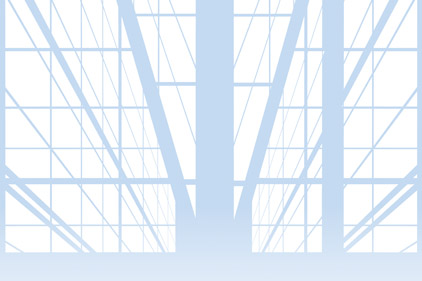
Figure 1. Typical view inside laminar flow modules (post
perforated basket installation).
We still face plenty of ways for start-up to be a letdown.
Nowhere is the quality of indoor IAQ more important than in the operating room (OR) of a hospital.
Sophisticated air filters play a big role in the overall HVAC system design for IAQ applications. However, a key but lesser-known feature in the most advanced of these systems for ORs is the incorporation of perforated metals.
Perforated materials can act as a cost-competitive and effective replacement in baskets, diffuser sections, and downstream discharge grilles. These HVAC components represent one of latest areas where perforated metals are filling essential filtration functions, as advanced in recent years by the Industrial Perforators Association (IPA).
In the case of filtration systems, perforated components either create completely uniform laminar airflow or channel air to different locations within the rooms. There are areas where air needs to be directionally focused for particle dilution, along with other areas where little to no airflow occurs, creating a need for turbulence to supply some cleaning function.
Let’s take a closer look at laminar flow modules (LFM) being made today to meet today’s stringent standards in these sensitive applications.
INSIDE AN LFM SYSTEM
LFM systems differ depending on the space they’re intended to service. They’re constructed of many different materials, including stainless steel, galvanized steel, cold rolled steel, and aluminum. Typical designs tend to be manufactured of both stainless steel and aluminum combined.The unit begins with an array of 0.063 in. thick aluminum modules that are joined together. These have either side- or top-mounted inlets. Side-inlet modules tend to utilize air-balancing sliding dampers or opposed-blade dampers mounted within the collars. On top-mounted inlet modules, air enters the throat at typically moderate approach velocities and immediately meets a 63% open perforated disc. This disc is mounted on an adjustment shaft that is accessible from the room side. When turned, the shaft either raises of lowers the perforated disc.
Upstream of this unit there is normally some sort of more robust damper system located in the ductwork, and any applicable filtration is located within the AHU itself. The raising and lowering of this perforated disc allows for fine adjustment and balancing of the LFM module.

Figure 2. Finished OR suite with 40% open S/S perforated
grilles on dowsntream side.
The decision as to which perforated material to use is normally driven by the airflow of the unit or the depth of the design. Deeper designs tend to handle more airflow, thus a lower percentage perforated material is not necessary, whereas lower airflow units or ones with shorter footprints tend to need lower perforated percentages to normalize and balance the air plenum.
This system design is typically painted to be appliance white above the room plane and then is all stainless steel within the room. The system typically mates with a hard ceiling; however, it can be integrated into a T-bar grid if needed. Once air has passed through both stages of perforated materials, it then discharges into the room through either a 33% or 40% open perforated downstream grille. The decision as to which perforated material is used is again driven by the previous selection for the air plenum basket perforated material.
Some systems also incorporate an ESD damper design into the unit, eliminating the need for volume dampers upstream of the unit. These dampers yield airflow uniformity within 5% standard deviations, incremental 5% adjustment points, and less than 0.10 in. w.g. resistance across the damper. These are used typically in higher-grade areas where there is a premium for space above the ceiling, since this damper can operate with little to no upstream plenum required for air normalization. The damper is then utilized in conjunction with a 33% or 40% air discharge grille.

